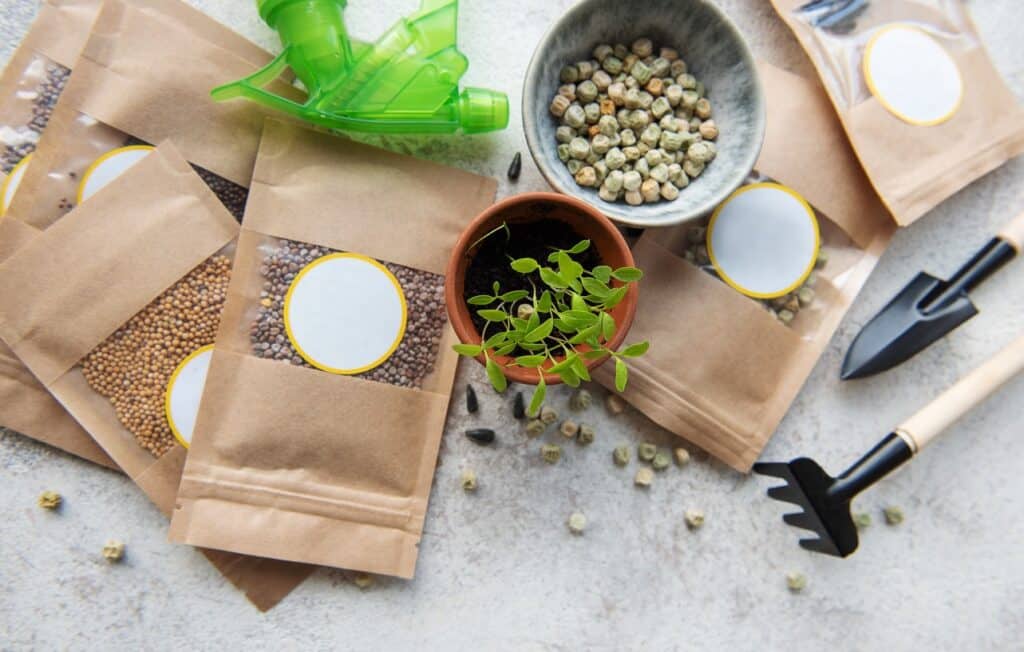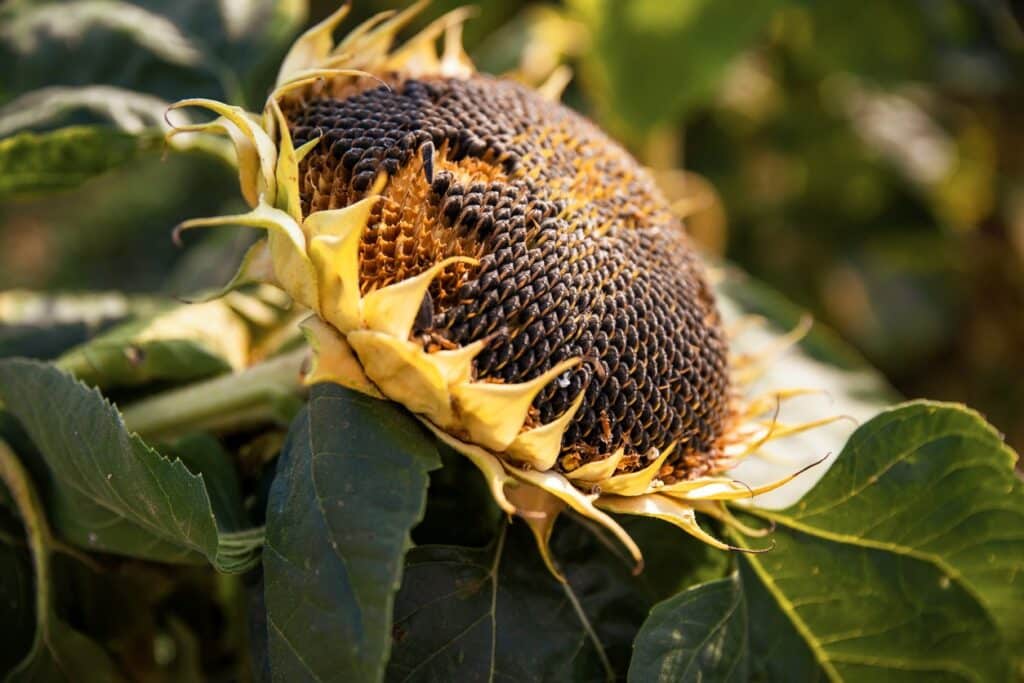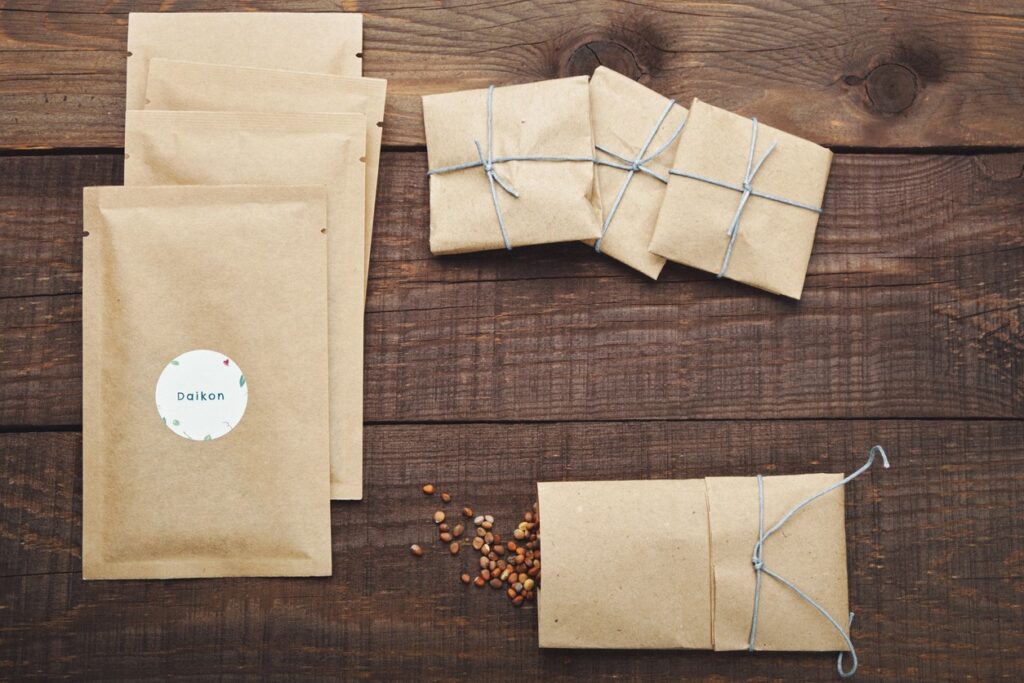
Harvesting seeds in the vegetable garden as well as in the ornamental garden makes it possible to save them until the following year for sowing. This technique is not only economical, but also ensures the conservation of a particular species that is difficult to find in the market and thus promotes biodiversity.
How to harvest flower and vegetable seeds in the garden?
At the end of the summer, the garden offers a multitude of seeds that would be a shame not to keep!
Benefits of collecting seeds
- Save special varieties such as old and forgotten vegetables or rare flowers.
- Exchange seeds with other gardeners to obtain new species or share them with enthusiasts to create new links.
- Harvesting the seeds allows you to control the sowing area the following year, whereas if the gardener lets the seeds spread naturally, they could germinate in areas of the garden where this type of plant is not desired.
Which seeds to harvest?
Seeds sometimes create surprises and do not produce plants quite like the mother plant if they are from hybrid varieties, however all but a few flower and vegetable seeds can be harvested:
- Some seeds are sterile, especially those from F1 hybrids, no need to harvest them.
- Seeds still green should not be harvested, they will not germinate. Only the matured seeds will be collected.
- Never collect seeds from sick plants, some pathologies remain dormant on seeds.
- Do not harvest cucurbit seeds because there is a risk of crossbreeding with colocynths.

When to harvest seeds in the garden ?
- Harvest in dry weather only, if possible in late afternoon when the night humidity is dissipated.
- Harvest the seeds at full maturity when the envelope which covers them is quite dry and that it starts to open.
- Harvest in ascending moon if possible, the seeds will preserve better.
How to harvest the seeds?
- Prepare the material beforehand (envelopes, pen, absorbent paper and a basket).
- Collect the dry seeds (zinnia, carnations, balsamine, cosmos) directly in envelopes by sliding them into the envelope. Immediately note the date and the name of the species.
- For pulp-wrapped seeds such as tomatoes, melons or zucchini, wash the seeds and let them dry on paper towels. Wait until they are really dry before storing them.
- Tip: add a little charcoal powder to avoid cryptogamic diseases (fungi).
How to store seeds?
To keep all their germinative power, the seeds will have to be preserved in good conditions

Where to preserve seeds?
Store seeds in a dry, well ventilated, fresh and dark place. To germinate, the seeds of many species need a passage of several weeks in the cold before being in conditions favourable to germination: moisture and heat. To avoid preserving seeds in a cupboard in agglomerate because the formaldehyde released by this material blocks germination.
How to preserve its seeds?
- Place the seeds in paper envelopes or in small specific bags. It is also possible to wrap them with tissue paper or craft paper.
- Pill bottles with dehumidifier included in the cap make perfect containers to preserve small seeds.
- For larger seeds (peas, beans and lentils), opt for wooden or cardboard boxes, unglazed clay pots with cork stoppers.
- Avoid glass or metal containers that retain moisture and lack ventilation.

How to use the seeds the following year?
- Seeds harvested in the garden can be used exactly as those from the market, respecting the sowing periods and techniques for each species.
- Soak for approximately 12 hours in warm water is necessary for the seeds which can be more difficult to germinate, for example, parsley.
Some large seeds or pits have a thick envelope which is destroyed over time by winter conditions in nature. A stratification will recreate these conditions. This technique consists in placing them in superimposed layers in jars filled with humid sand left outside along a wall exposed to the north. The jars will be closed with a wire mesh so that rodents will not find it a pantry.
Harvesting seeds is a great children’s game that it is very interesting to practice with them to involve them in the harvesting process and introduce them to the natural cycle of plants. The seeds collected, dried, listed and stored will be used the following year to ensure the renewal of the garden. Easy and magical at the same time!